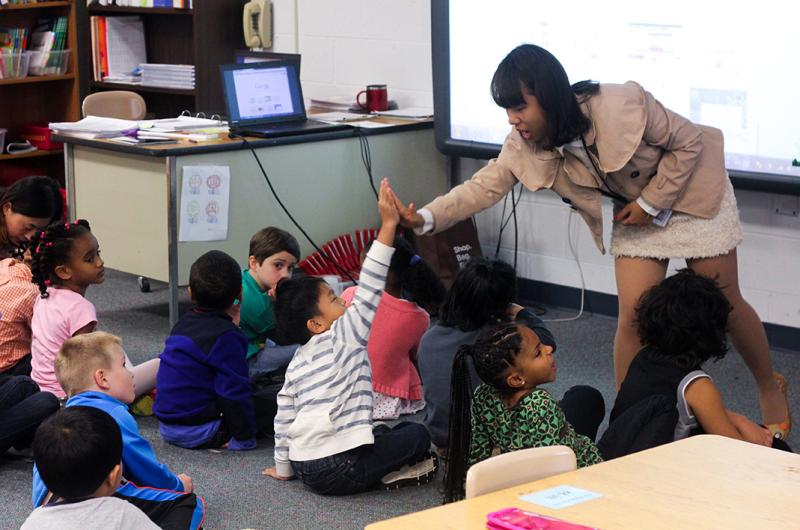Where We Work
See our interactive map


Children who are in school now will grow up to be adults in an increasingly interconnected and multicultural society. They must be aware of cultural norms and differences around the world so that they can succeed and thrive. Photo courtesy of Participate.
Young people can help solve the world’s biggest challenges.
The United Nations’ Sustainable Development Agenda, adopted in 2015, includes 17 Sustainable Development Goals (SDGs) to be achieved by 2030. Countries around the world have committed to taking action to meet these goals, such as ending hunger and poverty, creating sustainable cities and communities, and making health care available to all.
There are more than 50 million public school students in the United States, and more than three million full-time public school teachers. This collective group is a powerful force in creating positive change in local communities and achieving the SDGs by 2030.
Here are four (of many!) reasons the SDGs can be vital to teaching and learning in every classroom:
Children who are in school now will grow up to be adults in an increasingly interconnected and multicultural society. Students need to be aware of cultural norms and differences around the world so that they can succeed and thrive. The SDGs are universal goals for all people, and are inherently global in nature. Learning about these initiatives helps students develop insights into issues around the world, such as lack of access to clean water and gender equality. These issues are inseparable from culture, and to truly understand the SDGs, students need to learn about the world around them.
To solve the world’s biggest challenges, we must encourage students to be active participants in their local and global communities. Developing global citizens who are passionate about caring for others and our world is essential for them to be members of our society. The SDGs engage students in practical goals and problem-solving.
When students learn about SDGs such as those about poverty, hunger, and high-quality education, they begin to understand the unique challenges facing communities all over the world that they may not have known about before. Students need empathy to develop healthy relationships throughout their lives. Building compassion in children leads to passionate, engaged adults.
Teachers do not need to be experts in topics such as responsible consumption or clean energy to teach the SDGs. They can learn and explore these issues alongside their students, and plan ways to take action together. Once students have an understanding of the SDGs and why they are necessary, they will be inspired to make positive changes, in big and small ways. We have seen this in countless ways through our work with teachers, from high school students raising awareness about human trafficking to first graders conserving water by turning off their classroom faucets more frequently.
All students in any grade level can learn about the SDGs in age-appropriate ways with the bevy of free activities, curricula and classroom activities now available.
Together, with teachers and students, we can be a powerful force for achieving the UN’s vision of a more peaceful, healthy, and equitable world.
If you are looking for more resources about how to bring the Sustainable Development Goals into schools and classrooms, check out this collection of videos, articles and classroom resources.
Get the latest updates from the blog and eNews




